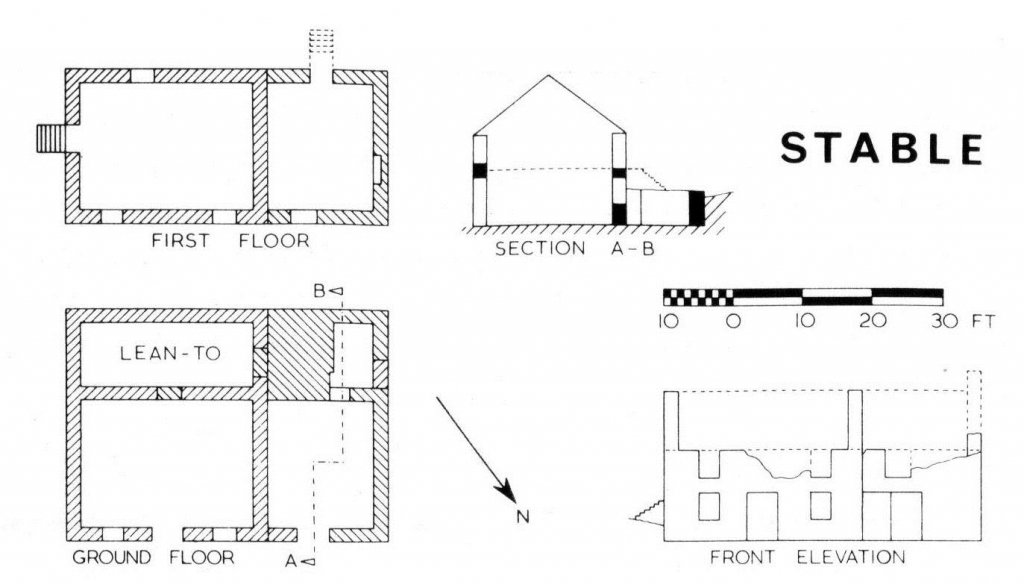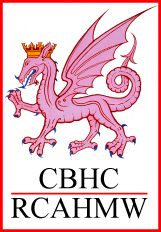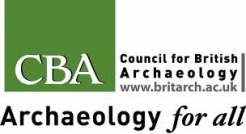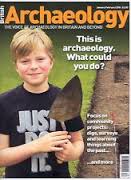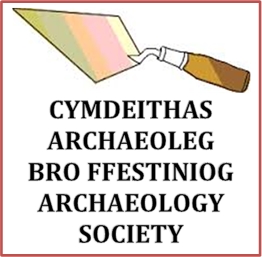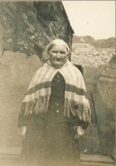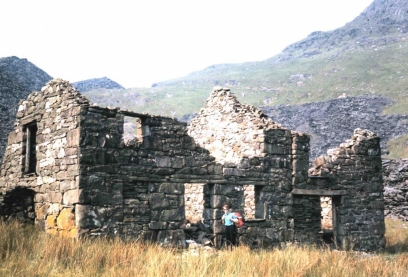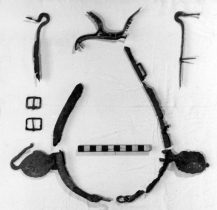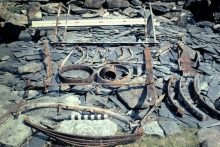Photo courtesy of Dr Michael Lewis | Rhosydd Stables Moving along past the chapel we come across another building. This has had a number of names over the years but we will call it Rhosydd Stables, built in the late 1850’s by Rhosydd Quarry to home the ponies used to carry its slates through the valley. The 1871 Census notes its use as barracks where two occupants are listed in a building called Rhosydd Barracks correctly positioned on the route of the Census agent to be this building. The photo left, shows the state of the building in the 1970s. |
In the book Rhosydd Slate Quarry by M T J Lewis & J H Denton it is described as “a solid granite-built structure of which the south-eastern part is the oldest. “The ground floor was probably the stable, with a lean-to at the back and an upper floor, approached by an outside entrance, which may have been a hay loft. Attached to the north-west side is a later extension whose wide doorway, now partly blocked suggests that it was a cart shed; it too has an upper floor which seems to have been a barrack. “In the lean-to was found the ironwork of a cart: straps, side supports, tailboard hasps, hooks, a spring nave bands and strakes (not hoop tyres) for two wheels of 4’6”” diameter. |
Photo courtesy of Dr MIchael Lewis | "There were also two large skid pans or drag shoes for placing under the wheels on steep gradients, tug-hooks and strapping from the wooden hames of a horse collar, together with harness buckles, a curry comb and a single horse shoe suitable for a Welsh Cob of 14 to 15 hands. “Whether these pieces came from a slate cart is far from certain; more probably, perhaps, they belonged to something more akin to a carrier’s cart and therefore represent a vehicle for bringing supplies – and people to Plas Cwmorthin or to Cwmorthin Uchaf” |
Right is a photo showing the current state of the building. Compare this to the photo at the top of the page to realise the steady deterioration. Stones have been robbed for other use over the years.
The plan of the stables shown below is courtesy of Dr Michael Lewis | 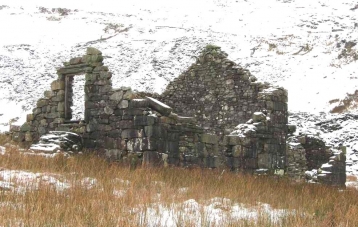 |
